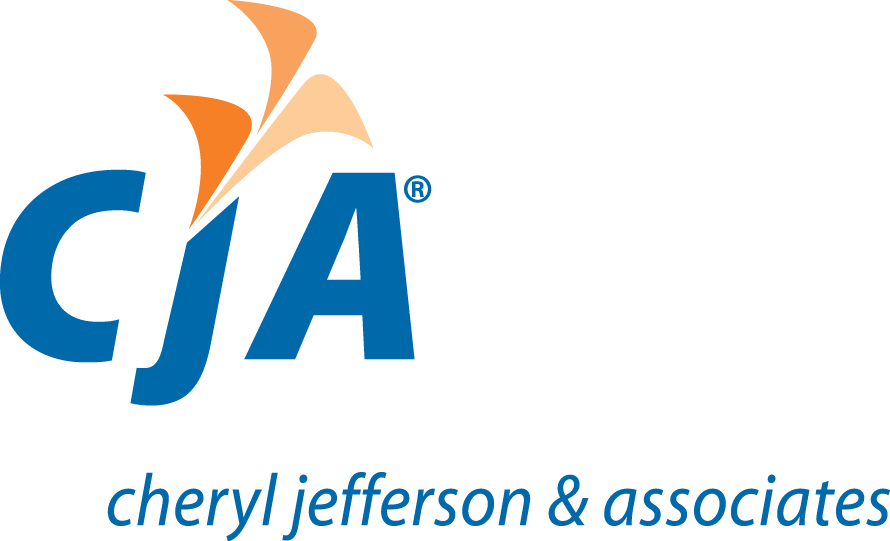Why participation in the 8(a) program may be right for your business…
The government has many programs to help socially and economically disadvantaged business owners. One specific area, is called the 8(a) Business Development Program(8(a) Program). The purpose of the 8(a) Program is to help small businesses to thrive and become competitors in the government contracting world through the use of sole-source contracts (1). The definition of a sole source contract per FAR 2.101 Definitions, means there is only one source for the contract (2). In other words there are no competitors for the job. Participants in the 8(a) revenue program may receive up to $4 million for goods and service contracts and $6.5 million for manufacturing contracts (1). Another benefit to participating in the 8(a) Program is the ability to join forces with other 8(a) Program companies (1). This allows the ability to pull resources together to bid on larger prime contracts (1).
The 8(a) Program is a nine year business development program (1). The first four years are spent in the developmental stage and the last five years are called the transition stage (1).Until graduation, the participants will be monitored by the Small Business Administration (SBA) through annual reviews, business planning, and systematic evaluations (1). This is to ensure that each participant is on track to meet the goals required to become competitive in the government contract world. During this time participants will be provided with specialized training, counseling, marketing assistance, and executive development (1). Check out the links in this blog and see if this is an option for you and your company. This just might be the edge your company needs to grow and develop as a competitor in the government contracting world.
Eligibility Requirements
The SBA has several requirements to qualify for the 8(a) Program. American citizens, by birth or naturalization (3), must meet the following requirements:
-Social Disadvantage – The SBA defines socially disadvantaged individuals as “those who have been subjected to racial or ethnic prejudice or cultural bias within American society because of their identification as members of groups without regard to their individual qualities” (4). Certain groups, called presumed groups, are listed on the SBA website (http://www.sba.gov/content/social-disadvantage-eligibility). Owner(s) who are not a part of a presumed group may be determined to be socially disadvantaged on a case-by-case basis (4). In these instances the owner(s) must prove a distinguishing feature, personal experience of social disadvantage within the US, and the negative impact resulting from the social disadvantage (4).
-Economic Disadvantage – After proving social disability, the owner(s) must prove their economic disadvantage (5). The SBA defines economic disadvantage as “socially disadvantaged individuals whose ability to compete in the free enterprise system has been impaired due to diminished capital and credit opportunities” (5). The SBA has established economic thresholds for a qualifying individual’s net worth. An individual’s assets may not exceed $4 million, the average income over three years must be below $250,000, and the net worth cannot be greater than $250,000. Several other factors listed on the SBA website are reviewed by the SBA to determine whether the owner(s) are economically disadvantaged (http://www.sba.gov/content/economic-disadvantage-eligibility).
-Ownership – The SBA reviews several factors to determine eligibility for the 8(a) Program. Some key factors are the owner(s), must own at least 51% of the company and the ownership must be a direct, unconditional ownership (6). For a complete list and explanation visit the SBA website (http://www.sba.gov/content/ownership-eligibility). It is important to note after approval for the 8(a) Program, the SBA will continue to monitor the ownership eligibility (6). Any changes to the ownership or business structure while participating in the 8(a) Program may need to be approved by the SBA prior to implementation (6).
-Control – The SBA reviews control separately from ownership (7). Several criteria must be met to prove control. Some of the requirements are the owner(s) must serve as the highest officer, control the board, make long-term decisions, and run the day-to-day business operations (7). For a complete list visit the SBA website (http://www.sba.gov/content/control-eligibility). Just like ownership eligibility, the SBA monitors the control eligibility as long as the company is in the 8(a) Program (7).
-Size – The company must be a small business as determined by the SBA (8). The average of a company’s revenue or number of employees over three years is used to determine the size of the company (8). In the process of determining size eligibility, the SBA also looks at the company’s relationships with other companies and individuals; such as, contractual relationships, prior relationships, family ties, and common investments (8). After the SBA approves the size eligibility, the SBA monitors the size as long as the company is in the 8(a) Program (8). In order for the company to remain in the 8(a) Program it must meet the size requirements or the company may be graduated out of the program (8). To determine whether your company meets the size requirements use the size standard tool provided by the SBA (http://www.sba.gov/tools/size-standards-tool?ms=nid20021).
-Additional – The SBA requires additional criteria to be met. The owner(s) must be determined to have good character (9). To determine whether the owner(s) have good character, the SBA will look for criminal conduct, SBA violations, debarred or suspended firms or persons, and false information submission (9). It is important to note, any owner who owns more than 10% of the company will be evaluated by the SBA (9). Also, the SBA only allows a company and owner to participate once in the 8(a) Program (9). In other words an owner cannot participate again with a different company nor can a company participate again with another owner.
Applying for 8(a) Program
The SBA provides free guidance for individuals who want to apply for the 8(a) Program. To contact a local office open the link below.
http://www.sba.gov/tools/local-assistance
Free online training courses are also provided by the SBA.
http://www.sba.gov/sba-learning-center/series/pre-8a-business-development-program-training-series
http://www.sba.gov/gcclassroom
To review the 7 steps the SBA provides for applying for the 8(a) Program, as well as contact information click on the following link.
http://www.sba.gov/content/steps-applying-8a-program
Be sure to contact us for financial advisory services if you think an 8(a) program may be the correct move for your company.
Works Cited
1. US Small Business Administration. About the 8(a) Business Development Program. SBA.gov U.S. Small Business Adminsitration. [Online] [Cited: August 28, 2013.] http://www.sba.gov/content/about-8a-business-development-program.
2. Federal Acquisition Regulation. Acquisition Central. [Online] [Cited: October 2, 2013.] http://www.acquisition.gov/far/.
3. US Small Business Administration. 8(a) Requirements Overview. SBA.gov U.S. Small Business Administration. [Online] [Cited: March 26, 2014.] http://www.sba.gov/content/8a-requirements-overview.
4. U.S. Small Business Administration. Social Disadvantage Eligibility. SBA.GOV. [Online] [Cited: September 30, 2013.] http://www.sba.gov/content/social-disadvantage-eligibility.
5. —. Economic Disadvantage Eligibility. SBA.GOV. [Online] [Cited: September 30, 2013.] http://www.sba.gov/content/economic-disadvantage-eligibility#.
6. —. Ownership Eligibility. SBA.GOV. [Online] [Cited: September 30, 2013.] http://www.sba.gov/content/ownership-eligibility.
7. —. Control Eligibility. SBA.GOV. [Online] [Cited: September 30, 2013.] http://www.sba.gov/content/control-eligibility.
8. —. Size Eligibility. SBA.GOV. [Online] [Cited: September 30, 2013.] http://www.sba.gov/content/size-eligibility.
9. —. Additional Eligibility Criteria. USA.GOV. [Online] [Cited: September 30, 2013.] http://www.sba.gov/content/additional-eligibility-criteria.

